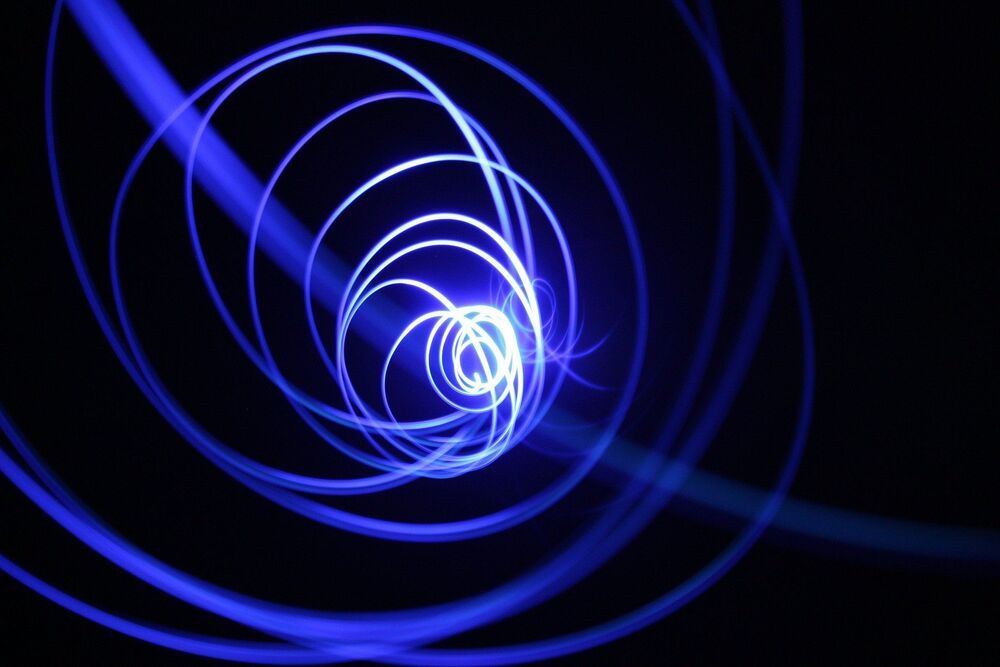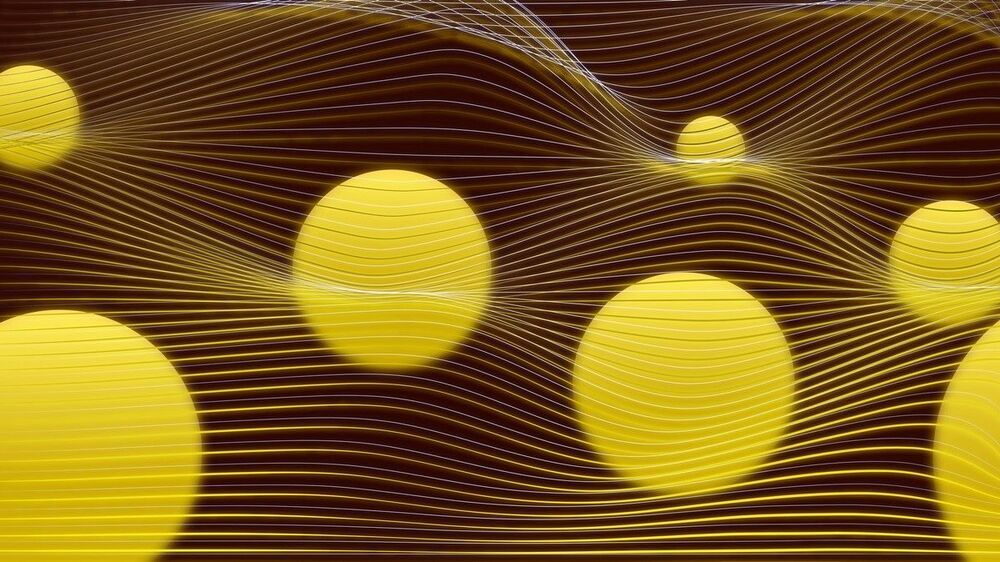Researchers from the Max Planck Society assessed humans’ capabilities for controlling killer AI. Read the details.
Researchers from Osaka University propose a concept for next-generation ultra-intense lasers, possibly increasing the current record from 10 Petawatts to 500 Petawatts.
Ultra-intense lasers with ultra-short pulses and ultra-high energies are powerful tools for exploring unknowns in physics, cosmology, material science, etc. With the help of the famous technology “Chirped Pulse Amplification (CPA)” (2018 Nobel Prize in Physics), the current record has reached 10 Petawatts (or 1016 Watts). In a study recently published in Scientific Reports, researchers from Osaka University proposed a concept for next-generation ultra-intense lasers with a simulated peak power up to the Exawatt class (1 Exawatt equals 1000 Petawatts).
The laser, which was invented by Dr. T. H. Maiman in 1960, has one important characteristic of high intensity (or high peak power for pulse lasers): historically, laser peak power has experienced two-stage development. Just after the birth of the laser, Q-switching and mode-locking technologies increased laser peak power to Kilowatt (103 Watt) and Gigawatt (109 Watt) levels. After CPA technology was invented by Gérard Mourou and Donna Strickland in 1985, by which material damage and optical nonlinearity were avoided, laser peak power was dramatically increased to Terawatt (1012 Watt) and Petawatt (1015 Watt) levels. Today, two 10-Petawatt CPA lasers have been demonstrated in Europe (ELI-NP laser) and China (SULF laser), respectively.









